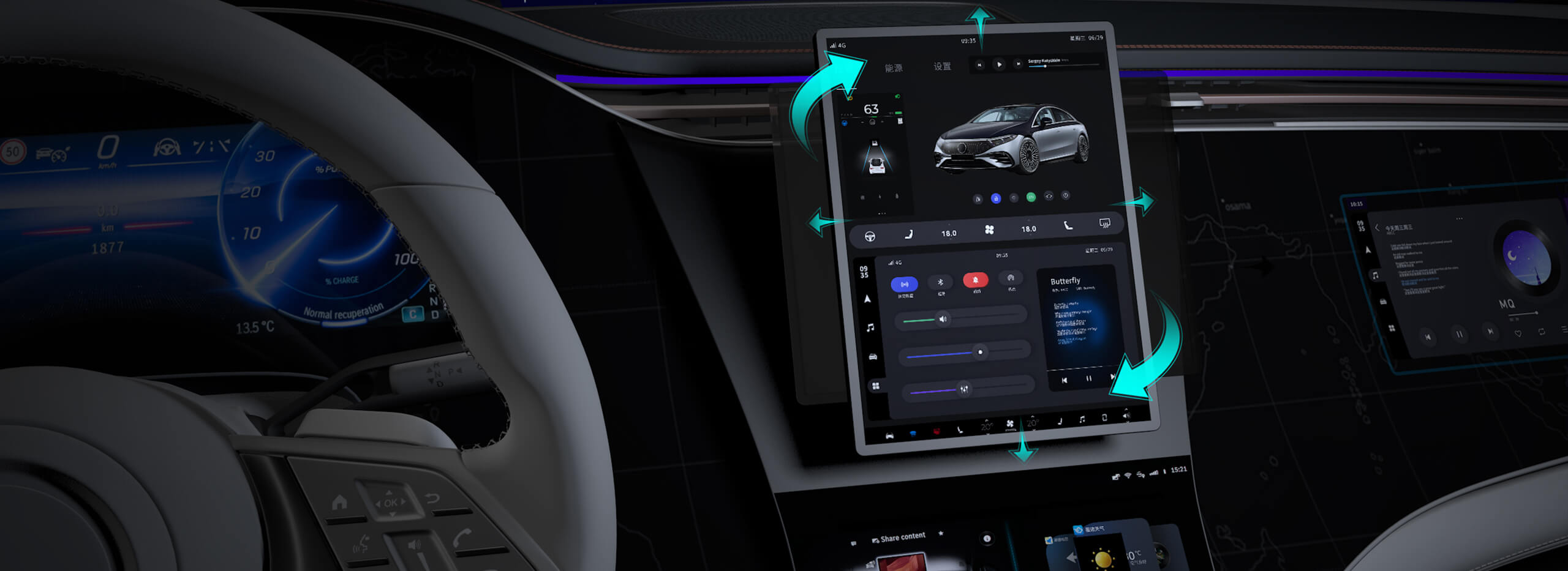Unlocking the Power of Servo Motors with Arduino: An Exciting Journey into DIY Robotics
Imagine a world where your creations move smoothly, precisely, and responsively — from robotic arms to automated curtains, from camera gimbals to remote-controlled vehicles. At the heart of many such innovations lies a tiny yet mighty component: the servo motor. Combining that with the accessible power of an Arduino microcontroller opens a universe of possibilities for hobbyists, students, engineers, and inventors alike.

What Is a Servo Motor, and Why Is It So Popular?
A servo motor is a specialized type of motor designed for precise control of angular position. Unlike regular motors that spin continuously, a servo is engineered to rotate to a specified position within a limited range, usually a few degrees to 180 degrees. This makes it invaluable in applications requiring accuracy, such as robotics, RC vehicles, and even animatronics.
What makes servo motors particularly interesting is their built-in control circuitry, which allows for simple, straightforward programming. They can be operated using Pulse Width Modulation (PWM), a technique that involves sending timed signals to control their position.
Getting Started: The Basic Hardware Components Needed
Before jumping into programming, let's familiarize ourselves with what you'll need:
Arduino Board: Arduino Uno is the most popular choice, but other models work as well. Servo Motor: Standard hobby servo (e.g., SG90, MG90S, or similar). Power Supply: Depending on your servo's power needs; some small servos can run directly from the Arduino, but larger ones may require an external power source. Connecting Wires: Jumper cables for connections. Breadboard (optional): For easy wiring. Resistors and other optional components: For advanced control or protections.
Connecting Your Servo to Arduino
This is straightforward:
Power (Vcc): Connect the servo's power pin (usually red) to the 5V pin on Arduino. Ground (GND): Connect the ground pin (black or brown) to Arduino GND. Signal (Control): Connect the PWM control pin (usually yellow or orange) to a digital PWM-capable pin on Arduino (e.g., pin 9).
When wiring, ensure your power supply can deliver enough current for your servo, especially if you’re controlling multiple. An external power source is recommended for larger servos.
Programming the Servo: The Key to Movement
With everything wired up, your next step is programming. Arduino provides a handy library called Servo.h, which simplifies control — no need to generate complex PWM signals manually.
Let's look at a simple example sketch that moves the servo back and forth:
#include Servo myServo; // create servo object void setup() { myServo.attach(9); // attaches the servo on pin 9 } void loop() { for (int pos = 0; pos <= 180; pos += 1) { // goes from 0 to 180 degrees myServo.write(pos); // tell servo to go to position in variable 'pos' delay(15); // waits 15ms for the servo to reach the position } for (int pos = 180; pos >= 0; pos -= 1) { // goes from 180 to 0 degrees myServo.write(pos); delay(15); } }
This simple code smoothly moves a servo from 0° to 180° and back, illustrating the basic control you can achieve.
Understanding the Code:
The Servo library simplifies signal generation. attach() links the servo object to the control pin. write() sets the desired position. delay() provides enough time for the servo to reach the new position without abrupt movement.
Adjusting for Different Servos
Different servos have varying torque, speed, and mechanical limits. Always check your servo's datasheet or specifications to avoid commands outside its safe range. Typically, controlling within 0°–180° is standard, but some servos can handle more or less.
Using PWM for Fine Control
While Servo.h handles PWM for you, it's possible to generate PWM signals manually using Arduino’s analogWrite(). However, analogWrite() only provides fixed duty cycles, so for precise positional control, the Servo library is preferred.
Applying Sensors for Interactive Control
Your projects can be expanded by integrating sensors:
Potentiometers: Let users manually control the servo position. Light sensors: Make a solar tracker. Distance sensors: Create obstacle-avoiding robots. Accelerometers & Gyroscopes: Stabilize camera gimbals.
The sensor readings can be mapped to servo angles using Arduino functions like map(), and then commands can be sent to the servo to move accordingly.
Making It Smarter with Programming Logic
Beyond simple back-and-forth movements, you can create complex routines:
PWM-based speed control for smooth acceleration. Sequential movements for robotic arms. Feedback loops using sensors to maintain position. Remote control via Bluetooth or Wi-Fi modules.
Safety Tips & Best Practices
Never stall the servo by holding it at a position for too long without movement, as this can cause overheating. Use external power supplies for larger servos. Avoid commanding movements outside the servo's mechanical limits. Incorporate delays and acceleration profiles for smoother motion.
Ready to Move to the Next Level?
In the next part, we’ll explore advanced control techniques, troubleshooting tips, and creative project ideas that harness the full potential of servo motors with Arduino. Whether you’re building a robotic arm, an automated door, or an interactive art installation, mastering servo control is your first step into a fascinating world of robotics and automation.
Kpower has delivered professional drive system solutions to over 500 enterprise clients globally with products covering various fields such as Smart Home Systems, Automatic Electronics, Robotics, Precision Agriculture, Drones, and Industrial Automation.




































